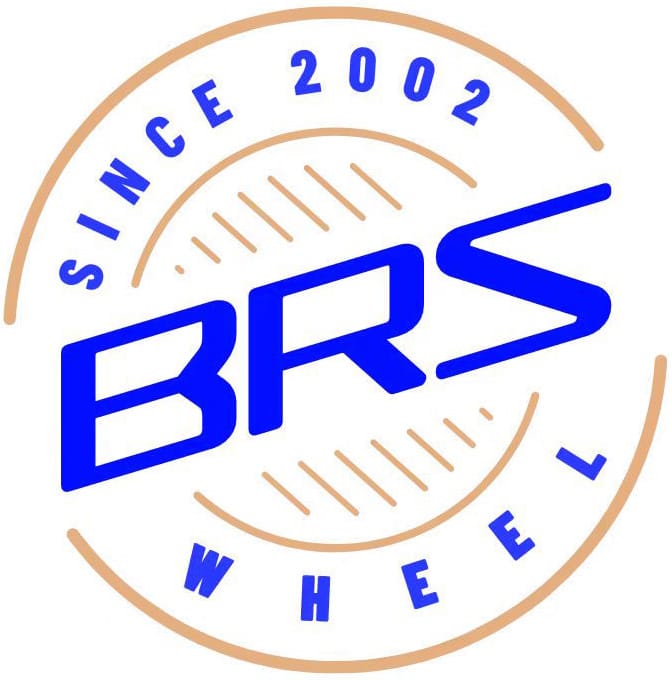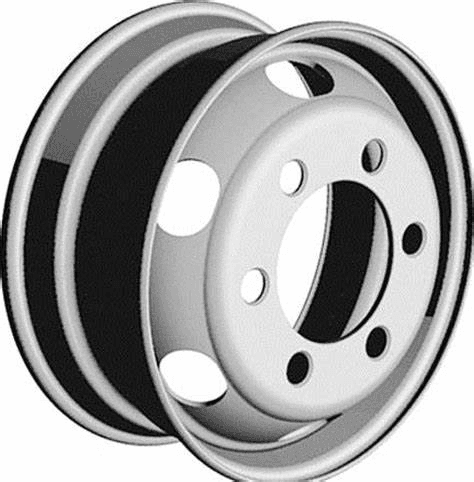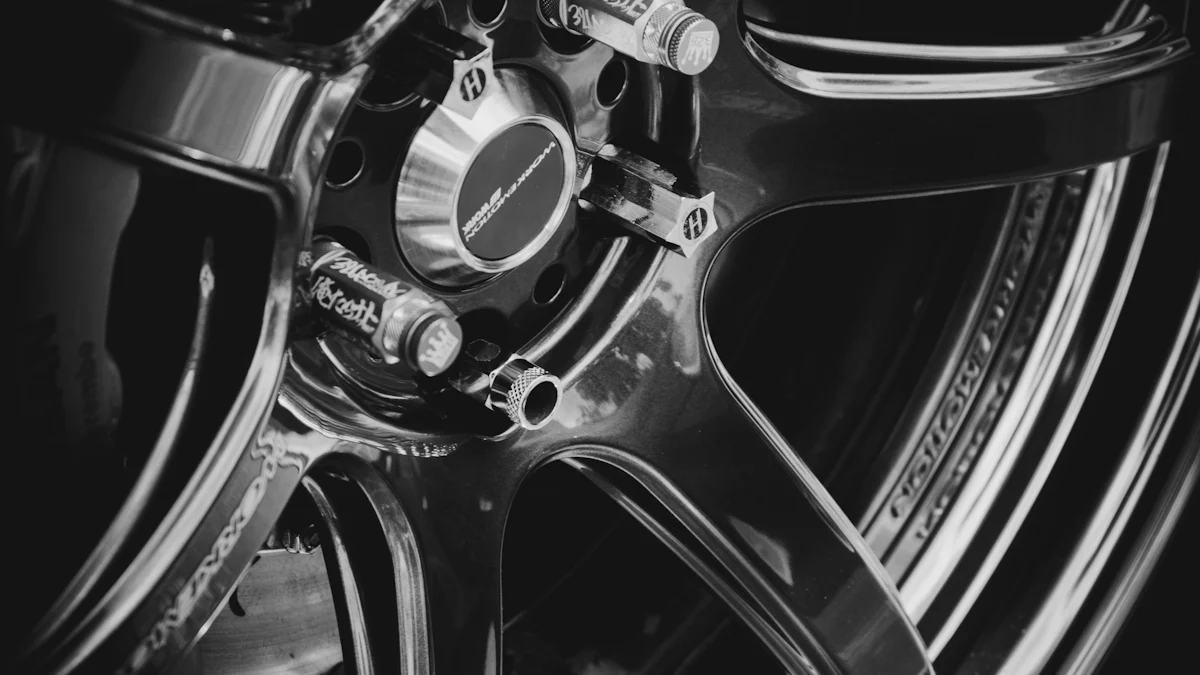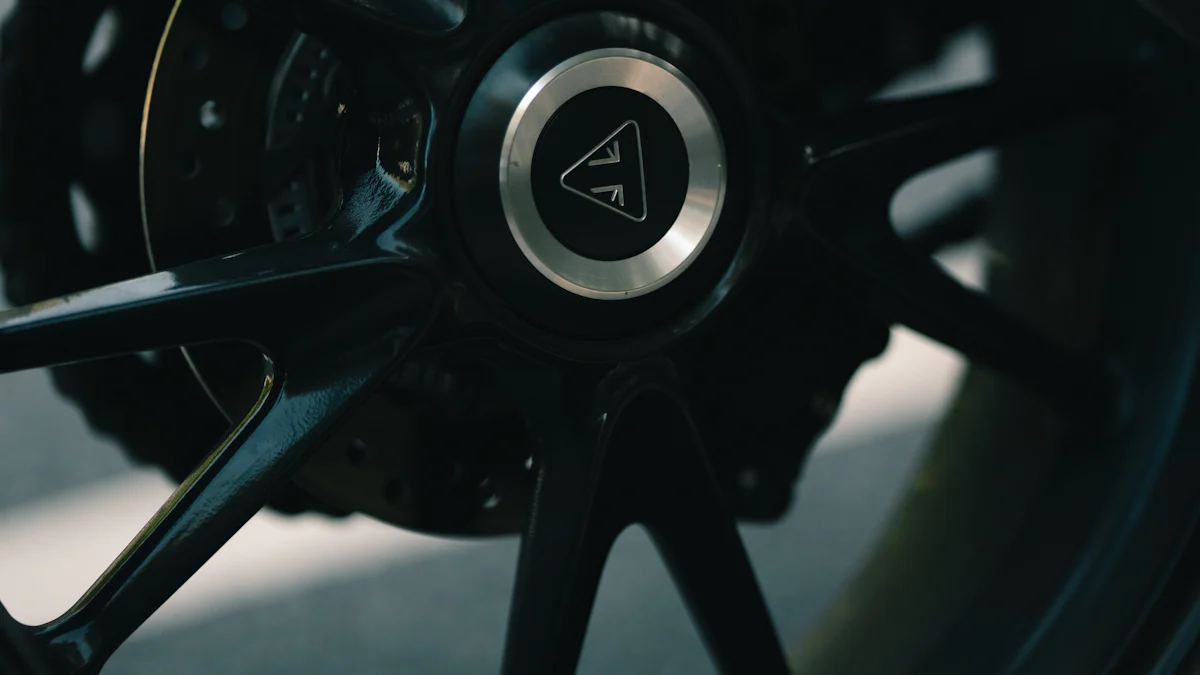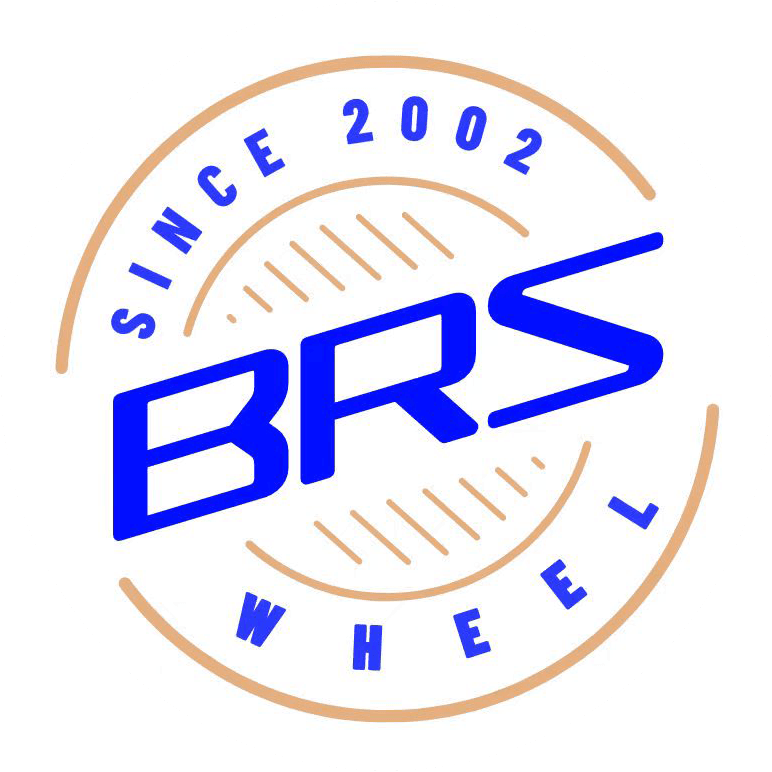
Choosing the right 16×7 steel wheel plays a vital role in your vehicle’s performance and safety. Steel wheels stand out for their unmatched durability, making them ideal for rough terrains and harsh winter conditions. Their robust construction resists cracking and bending, ensuring reliability even under extreme stress. Additionally, steel wheels are cost-effective, offering a budget-friendly solution without compromising strength. By understanding key factors like size, bolt pattern, and offset, you can ensure a perfect fit for your vehicle. Proper selection not only enhances driving stability but also extends the lifespan of your wheels.
Key Takeaways
- Choosing the right size, like a 16×7 steel wheel, is crucial for optimal vehicle performance and safety.
- Understanding your vehicle’s bolt pattern ensures a secure fit and prevents compatibility issues.
- Offset and backspacing are key factors that affect how your wheels fit within the wheel well, impacting handling and stability.
- Steel wheels are durable and cost-effective, making them ideal for rough terrains and winter conditions.
Regular maintenance, including cleaning and rust prevention, extends the lifespan of your steel wheels. - Consulting with experts can provide valuable insights and help you make informed decisions about wheel selection.
- Proper installation practices are essential to avoid safety hazards and ensure your wheels perform at their best.
Key Factors to Consider When Choosing a 16×7 Steel Wheel
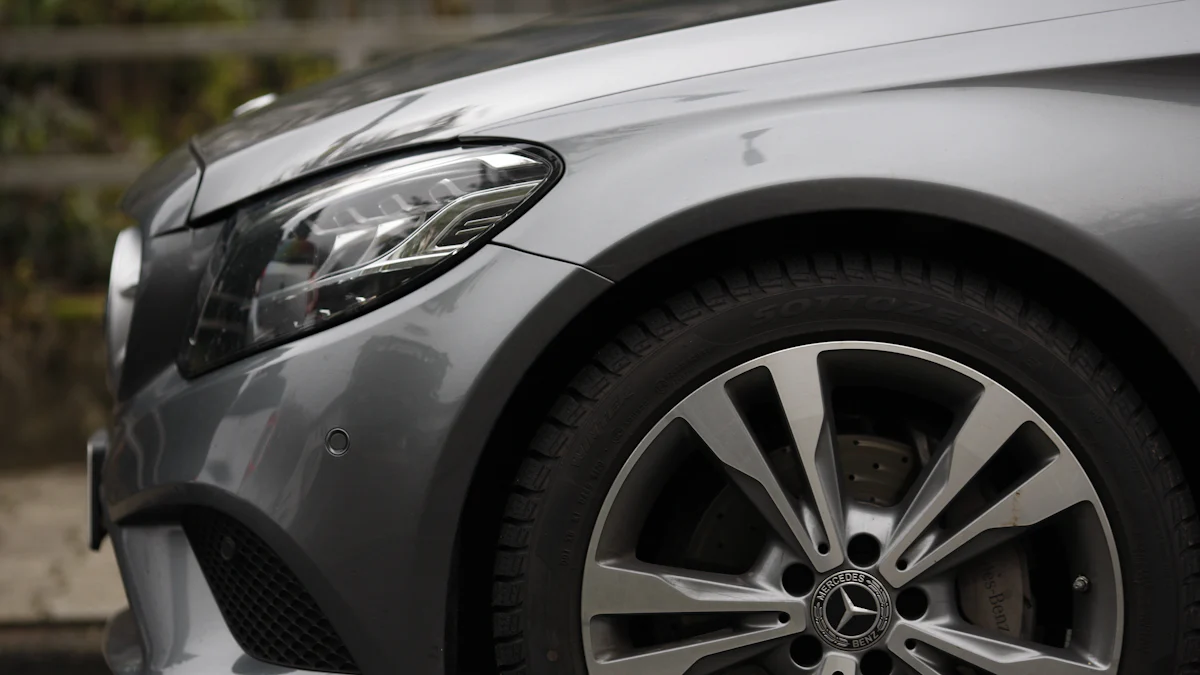
Understanding Wheel Size
What does 16×7 mean?
When you see “16×7” in a wheel’s description, it refers to the wheel’s diameter and width. The “16” represents the diameter of the wheel in inches, while the “7” indicates the width of the wheel from one side to the other. This size plays a critical role in ensuring your wheels fit your vehicle properly. For example, a 16-inch diameter means the wheel is designed to accommodate tires with a matching inner diameter. The 7-inch width determines how the tire sits on the wheel, which affects both performance and safety.
Choosing the correct size ensures your tires fit snugly and perform as intended. A mismatch in size can lead to issues like poor handling or uneven tire wear. Always double-check your vehicle’s specifications to confirm that a 16×7 steel wheel is the right choice for your car.
Why size matters for performance and fitment
The size of your wheels directly impacts your vehicle’s performance. A properly sized wheel ensures optimal contact between the tire and the road, improving traction and stability. For instance, a 16×7 steel wheel provides a balanced width that supports a variety of tire sizes, making it versatile for different driving conditions.
Fitment is equally important. A wheel that’s too wide or narrow for your vehicle can cause clearance issues with the suspension or braking components. This could compromise safety and lead to costly repairs. By selecting the correct size, you ensure a seamless fit that enhances both performance and durability.
Bolt Pattern and Lug Configuration
How to identify your vehicle’s bolt pattern
The bolt pattern refers to the arrangement of the lug holes on the wheel. It’s expressed as the number of lug holes followed by the diameter of the circle they form. For example, a common bolt pattern for a 16×7 steel wheel might be “6×139.7,” meaning six lug holes arranged in a circle with a diameter of 139.7 millimeters.
To identify your vehicle’s bolt pattern, you can check your owner’s manual or measure it yourself. Count the number of lug holes, then measure the distance between two opposite holes. This ensures you select a wheel that matches your vehicle’s hub, providing a secure and stable fit.
Common bolt patterns for 16×7 steel wheels
Many vehicles use standard bolt patterns, making it easier to find compatible wheels. For instance, trucks and SUVs often feature patterns like 6×139.7 or 8×165.1, while smaller cars may use 4×100 or 5×114.3. Knowing your vehicle’s specific bolt pattern helps you narrow down your options and avoid purchasing an incompatible wheel.
Offset and Backspacing
What is offset, and why is it important?
Offset measures the distance between the wheel’s mounting surface and its centerline. It’s categorized as positive, negative, or zero. A positive offset means the mounting surface is closer to the front of the wheel, while a negative offset places it closer to the back. Zero offset aligns the mounting surface with the wheel’s centerline.
Offset affects how your wheels sit in relation to your vehicle’s body and suspension. A proper offset ensures adequate clearance for braking components and prevents the wheels from sticking out too far or sitting too deep. This not only improves handling but also enhances the overall appearance of your vehicle.
How backspacing affects wheel fitment
Backspacing refers to the distance from the wheel’s mounting surface to the back edge of the wheel. It works hand-in-hand with offset to determine how the wheel fits within the wheel well. Too much backspacing can cause the wheel to rub against suspension parts, while too little can make the wheel stick out, affecting aerodynamics and stability.
When choosing a 16×7 steel wheel, ensure the backspacing aligns with your vehicle’s specifications. This guarantees a proper fit and prevents potential issues like tire rubbing or poor handling. Accurate measurements and attention to detail will save you time and money in the long run.
Material and Finish Options
Benefits of steel wheels over alloy wheels
Steel wheels offer several advantages that make them a practical choice for many drivers. One of the most significant benefits is their durability. Steel wheels are built to withstand tough conditions, including rough terrains and harsh weather. Their robust construction resists bending and cracking, which is especially useful if you frequently drive on uneven roads or encounter potholes. This makes them a reliable option for off-road enthusiasts and those living in areas with extreme climates.
Another key advantage is affordability. Steel wheels are significantly less expensive than alloy wheels. For instance, the price of a new steel wheel often starts at around $50, while alloy wheels typically begin at $75 or more. This cost-effectiveness allows you to replace or upgrade your wheels without straining your budget. If you’re looking for a balance between performance and price, steel wheels are an excellent choice.
Steel wheels also excel in winter conditions. Their heavier weight provides better traction on icy or snowy roads, enhancing safety during colder months. Additionally, they are less prone to corrosion from road salt compared to alloy wheels, making them a long-lasting option for winter use.
Common finishes for steel wheels and their durability
Steel wheels come in a variety of finishes, each designed to enhance their appearance and protect against wear and tear. The most common finish is a black powder coating. This finish not only gives the wheel a sleek, modern look but also provides a protective layer that resists rust and scratches. Black steel wheels are a popular choice for their durability and low maintenance.
Another widely used finish is silver or chrome plating. These finishes add a polished, shiny appearance to the wheels, making them stand out. While they are visually appealing, they may require more care to maintain their luster over time. Regular cleaning and protective treatments can help preserve their shine and prevent corrosion.
For those seeking maximum durability, some steel wheels feature an electric-coated paint finish. This advanced coating process ensures even coverage and superior resistance to rust and chipping. Manufacturers like Ningbo BRS Auto Parts Co., Ltd utilize this technique to produce high-quality steel wheels that last longer, even under demanding conditions.
When selecting a finish, consider your driving environment and maintenance preferences. A durable finish like black powder coating is ideal for rugged use, while chrome or silver finishes suit drivers who prioritize aesthetics. Regardless of the finish, proper care will extend the lifespan of your 16×7 steel wheel and keep it looking great.
Ensuring Compatibility with Your Vehicle
Ensuring your 16×7 steel wheel fits your vehicle perfectly is essential for safety and performance. A poorly fitted wheel can lead to uneven tire wear, reduced handling, and even damage to your vehicle. Let’s explore how you can measure for fitment, check your vehicle’s specifications, and ensure compatibility with your vehicle to make the right choice.
Measuring for Fitment
How to measure your current wheels for size and offset
Measuring your current wheels is the first step to ensuring compatibility. Start by checking the diameter and width of your existing wheels. Use a tape measure to determine the diameter from one edge of the wheel to the opposite edge. For the width, measure from the inner edge of one side to the other. These measurements will confirm if a 16×7 steel wheel is the right size for your vehicle.
Offset is another critical factor. To measure it, remove the wheel from your vehicle and place it face down. Measure the distance from the mounting surface (the flat area that touches the hub) to the centerline of the wheel. This tells you whether the offset is positive, negative, or zero. A proper offset ensures your wheels don’t interfere with suspension or braking components.
Tools and tips for accurate measurements
Accurate measurements require the right tools. A tape measure, straight edge, and caliper are essential for precise results. When measuring, ensure the wheel is clean and free of debris to avoid errors. If you’re unsure about your measurements, take photos and notes to share with a professional for verification.
Here’s a quick tip: Always measure in millimeters when dealing with offset and bolt patterns. This ensures consistency and accuracy, as most manufacturers use metric units.
Checking Vehicle Specifications
Where to find your vehicle’s wheel specifications
Your vehicle’s wheel specifications are usually listed in the owner’s manual or on a sticker inside the driver’s door frame. These details include the recommended wheel size, bolt pattern, offset, and load capacity. If you can’t find this information, check the manufacturer’s website or contact customer support.
Another place to look is the wheel itself. Many wheels have their size, offset, and bolt pattern stamped on the back. This can serve as a quick reference when comparing options.
How to match specifications with a 16×7 steel wheel
Once you have your vehicle’s specifications, compare them with the details of the 16×7 steel wheel you’re considering. Ensure the diameter, width, and bolt pattern match exactly. For example, if your vehicle requires a 5×114.3 bolt pattern, a wheel with a different pattern won’t fit securely.
Offset and backspacing should also align with your vehicle’s requirements. A mismatch here can cause clearance issues or affect handling. Double-checking these details ensures a seamless fit and optimal performance.
Consulting with Experts
When to seek professional advice
Sometimes, even with all the right measurements and specifications, you might feel uncertain. This is when consulting a professional becomes invaluable. Seek advice if you’re unsure about offset, backspacing, or bolt patterns. Professionals can also help if you’re upgrading from alloy to steel wheels or switching to a different size.
Visiting a local tire shop or contacting a wheel manufacturer like Ningbo BRS Auto Parts Co., Ltd can provide clarity. Their expertise ensures you make an informed decision.
Questions to ask when consulting a wheel expert
When speaking with an expert, ask specific questions to get the most value from the consultation. Here are some examples:
- “Does this 16×7 steel wheel match my vehicle’s bolt pattern and offset?”
- “Will this wheel affect my vehicle’s handling or fuel efficiency?”
- “What’s the best finish for my driving conditions?”
- “Are there any additional accessories I need for installation?”
These questions help you gather all the information needed to make a confident purchase.
Installation and Maintenance Tips for 16×7 Steel Wheels

Proper installation and maintenance of your 16×7 steel wheels ensure they perform at their best and last for years. By following these tips, you can avoid common pitfalls and keep your wheels in excellent condition.
Proper Installation Practices
Tools needed for installing steel wheels
Installing steel wheels requires the right tools to ensure a secure fit. Here’s a list of essentials:
- Lug wrench or torque wrench: Tighten the lug nuts to the manufacturer’s recommended torque specifications.
- Jack and jack stands: Safely lift and support your vehicle during the installation process.
- Wheel alignment tool: Align the wheels properly to prevent uneven tire wear.
- Wire brush: Clean the hub surface to remove rust or debris before mounting the wheel.
Using these tools ensures a smooth installation process and reduces the risk of improper fitment.
Common mistakes to avoid during installation
Mistakes during installation can lead to safety hazards or damage to your vehicle. Avoid these common errors:
- Overtightening or undertightening lug nuts: This can cause wheel imbalance or even lead to the wheel detaching while driving. Always use a torque wrench to achieve the correct tightness.
- Skipping hub cleaning: Dirt or rust on the hub can prevent the wheel from sitting flush, causing vibrations or uneven wear.
- Ignoring bolt pattern compatibility: Ensure the bolt pattern of the wheel matches your vehicle’s specifications. A mismatch can result in an unstable fit.
- Not checking offset and backspacing: Incorrect offset can cause the wheel to rub against suspension components or stick out too far, affecting handling.
Taking the time to install your wheels correctly ensures safety and optimal performance.
Maintenance for Long-Term Use
Cleaning and protecting steel wheels from rust
Steel wheels are durable, but they require regular cleaning to prevent rust. Follow these steps to keep them in top shape:
- Wash regularly: Use mild soap and water to remove dirt, road salt, and grime. Avoid harsh chemicals that can damage the finish.
- Dry thoroughly: After washing, dry the wheels completely to prevent moisture from causing rust.
- Apply a protective coating: Use a rust inhibitor or wax to create a barrier against corrosion. Products like wheel sealants work well for this purpose.
Routine cleaning not only enhances the appearance of your wheels but also extends their lifespan.
Inspecting wheels regularly for damage or wear
Regular inspections help you catch issues early. Check your wheels for:
- Cracks or bends: These can compromise the wheel’s structural integrity and should be addressed immediately.
- Rust spots: Treat small rust patches with a wire brush and rust-resistant paint to prevent further corrosion.
- Loose or damaged lug nuts: Tighten or replace them as needed to maintain a secure fit.
By inspecting your wheels frequently, you can avoid costly repairs and ensure safe driving conditions.
Seasonal Considerations
Why steel wheels are great for winter use
Steel wheels excel in winter conditions due to their durability and weight. Their heavier construction provides better traction on icy or snowy roads, improving stability and control. Additionally, steel wheels resist damage from road salt and debris, making them a reliable choice for harsh winter environments.
Many drivers use steel wheels as a dedicated winter set, paired with snow tires, to protect their more expensive alloy wheels from winter wear and tear.
Storing steel wheels during off-seasons
Proper storage during off-seasons keeps your steel wheels in good condition. Follow these tips:
- Clean before storage: Remove dirt, salt, and grime to prevent corrosion while the wheels are not in use.
- Store in a dry, cool place: Avoid areas with high humidity or temperature fluctuations, as these can promote rust.
- Use wheel covers or bags: Protect the wheels from dust and moisture by covering them with wheel-specific storage bags or plastic sheeting.
- Stack horizontally: If storing multiple wheels, stack them flat to prevent warping.
Taking these precautions ensures your steel wheels remain ready for use when the season changes.
FAQs
When it comes to choosing, installing, and maintaining 16×7 steel wheels, you might have a few questions. Below, you’ll find answers to some of the most common queries to help you make informed decisions.
1. How do you maintain steel wheels?
Maintaining steel wheels is straightforward and ensures they last longer. Here’s what you can do:
- Clean regularly: Use mild soap and water to remove dirt, grime, and road salt. Avoid abrasive cleaners that could damage the finish.
- Dry thoroughly: After washing, dry the wheels completely to prevent moisture from causing rust.
- Apply protective coatings: Use a rust inhibitor or wheel wax to create a barrier against corrosion. This is especially important if you drive in areas with harsh winters or salty roads.
- Inspect for damage: Check for rust spots, bends, or cracks. Address small rust patches with a wire brush and rust-resistant paint to prevent further corrosion.
Pro Tip: Regular maintenance not only keeps your wheels looking great but also ensures they perform reliably in all conditions.
2. How do you install steel wheels on a vehicle?
Installing steel wheels requires the right tools and careful attention to detail. Follow these steps for a secure fit:
- Gather your tools: You’ll need a lug wrench, torque wrench, jack, jack stands, and a wire brush.
- Prepare the hub: Clean the hub surface with a wire brush to remove rust or debris. This ensures the wheel sits flush against the hub.
- Align the wheel: Place the steel wheel onto the hub, aligning the bolt holes with the lug studs.
- Tighten the lug nuts: Hand-tighten the lug nuts in a star pattern to ensure even pressure. Then, use a torque wrench to tighten them to the manufacturer’s recommended specifications.
- Lower the vehicle: Once the wheel is securely attached, lower the vehicle and double-check the lug nut tightness.
Important: Avoid overtightening or undertightening the lug nuts. Both can lead to safety issues, such as wheel imbalance or detachment.
3. How do you choose the right steel wheels for your vehicle?
Choosing the right steel wheels involves understanding your vehicle’s specifications and your driving needs. Here’s how to make the right choice:
- Check your vehicle’s specifications: Look for details like wheel size, bolt pattern, offset, and load capacity in your owner’s manual or on the sticker inside the driver’s door frame.
- Consider your driving conditions: Steel wheels are ideal for rough terrains and winter use due to their durability and weight. If you frequently drive in such conditions, steel wheels are a great option.
- Match the size and fitment: Ensure the diameter, width, and bolt pattern of the steel wheel match your vehicle’s requirements. For example, a 16×7 steel wheel fits vehicles designed for a 16-inch diameter and 7-inch width.
- Consult an expert: If you’re unsure, seek advice from a professional. They can confirm compatibility and recommend the best options for your vehicle.
Quick Tip: Always prioritize quality over cost. High-quality steel wheels, like those from trusted manufacturers, offer better performance and longevity.
4. Are steel wheels better than alloy wheels?
Steel wheels and alloy wheels each have their advantages. Steel wheels excel in durability and affordability, making them ideal for off-road use and winter conditions. They resist damage from potholes and rough terrain better than alloy wheels. However, alloy wheels are lighter and more stylish, which can enhance fuel efficiency and aesthetics. Your choice depends on your priorities—durability and cost-effectiveness or weight and appearance.
5. Can you use steel wheels year-round?
Yes, you can use steel wheels year-round. Their robust construction makes them suitable for all seasons. However, many drivers prefer using steel wheels as a dedicated winter set. This protects their more expensive alloy wheels from road salt and harsh winter conditions. If you plan to use steel wheels year-round, regular maintenance is essential to prevent rust and ensure optimal performance.
If you have more questions about 16×7 steel wheels, don’t hesitate to consult a professional or reach out to a trusted manufacturer like Ningbo BRS Auto Parts Co., Ltd.
Choosing the right 16×7 steel wheel is essential for your vehicle’s performance and safety. By focusing on factors like size, bolt pattern, offset, and finish, you ensure a perfect fit and long-lasting durability. Proper measurements and checking your vehicle’s specifications help you avoid costly mistakes. Regular maintenance, such as cleaning and rust prevention, keeps your wheels in top condition. If you’re ever unsure, consult an expert to guide you. Always prioritize quality over cost to enjoy the unmatched strength and reliability that steel wheels offer.
FAQ
1. What does “16×7” mean in steel wheels?
The term “16×7” refers to the wheel’s diameter and width.
Quick Tip: Always check your vehicle’s manual or consult an expert to confirm the correct size for your car.
2. Why is the bolt pattern important?
The bolt pattern determines how the wheel attaches to your vehicle. It describes the number of lug holes and the diameter of the circle they form. For example, a “5×114.3” bolt pattern means five lug holes arranged in a 114.3-millimeter circle. A mismatched bolt pattern can result in an unstable fit, compromising safety.
Pro Tip: Measure your vehicle’s bolt pattern or refer to the owner’s manual to ensure compatibility.
3. How does offset affect wheel fitment?
Offset measures the distance between the wheel’s mounting surface and its centerline. It impacts how the wheel sits in relation to the suspension and body. A proper offset ensures enough clearance for braking components and prevents the wheels from sticking out or sitting too deep. Incorrect offset can lead to handling issues or damage to your vehicle.
Remember: Positive offset pushes the wheel closer to the vehicle, while negative offset moves it outward. Always match the offset to your vehicle’s specifications.
4. Are steel wheels better than alloy wheels?
Steel wheels are more durable and affordable than alloy wheels.
Fun Fact: Many drivers use steel wheels as a dedicated winter set to protect their alloy wheels from road salt and harsh weather.
5. How do you maintain steel wheels?
Maintaining steel wheels involves regular cleaning and rust prevention. Wash them with mild soap and water to remove dirt and road salt. Dry them thoroughly to avoid moisture buildup. Applying a rust inhibitor or wheel wax adds a protective layer against corrosion. Regular inspections help you catch damage early.
Pro Tip: Treat small rust spots with a wire brush and rust-resistant paint to prevent further corrosion.
6. Can you install steel wheels yourself?
Yes, you can install steel wheels with the right tools and attention to detail. Use a jack, jack stands, a lug wrench, and a torque wrench. Clean the hub surface before mounting the wheel to ensure a flush fit. Tighten the lug nuts in a star pattern and use a torque wrench to achieve the correct tightness.
Warning: Avoid overtightening or undertightening the lug nuts. Both can lead to safety hazards or wheel damage.
7. Why are steel wheels great for winter?
Steel wheels perform well in winter due to their durability and weight. Their heavier construction provides better traction on icy or snowy roads. They also resist damage from road salt and debris, making them a reliable choice for harsh winter conditions.
Pro Tip: Pair steel wheels with snow tires for maximum safety and performance during winter months.
8. How do you store steel wheels during the off-season?
Proper storage keeps your steel wheels in good condition. Clean them thoroughly to remove dirt and salt. Store them in a cool, dry place to prevent rust. Use wheel covers or bags to protect them from dust and moisture. Stack them horizontally to avoid warping.
Quick Tip: Label your wheels to remember their position on the vehicle for easier reinstallation.
9. How do you choose the right steel wheels for your vehicle?
Choosing the right steel wheels involves checking your vehicle’s specifications, including size, bolt pattern, and offset. Consider your driving conditions and preferences. Steel wheels are ideal for rough terrains and winter use. If you’re unsure, consult a professional to confirm compatibility.
Remember: Matching the wheel’s specifications to your vehicle ensures a safe and smooth driving experience.
10. Can steel wheels improve vehicle performance?
Yes, steel wheels can enhance performance in specific conditions. Their robust construction withstands tough terrains, making them ideal for off-road driving. In winter, their weight improves traction on slippery roads. Properly fitted steel wheels also ensure stability and reduce the risk of uneven tire wear.
Pro Tip: Regular maintenance and proper installation maximize the performance benefits of steel wheels.
Related Blog
- Posted In:General
